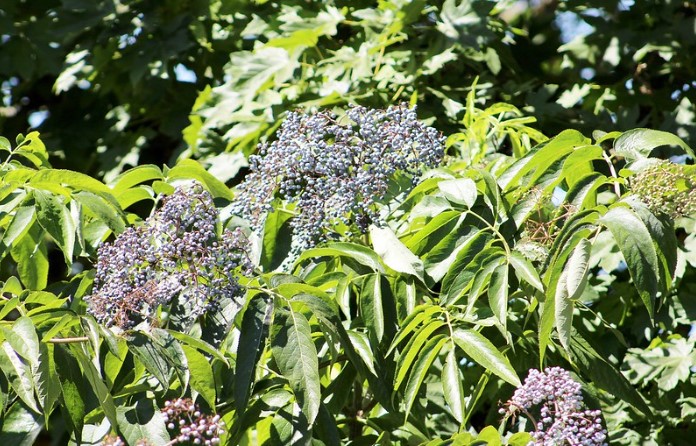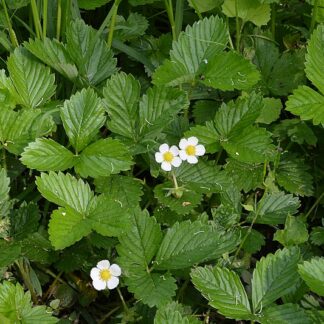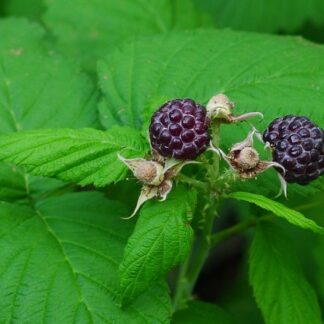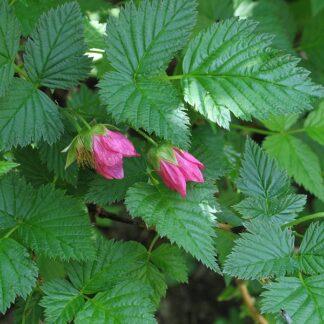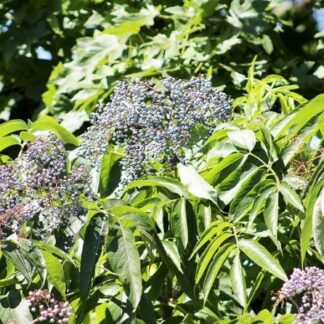Description
Sold in bundles of 10.
At a Glance: Large deciduous shrub
Height: Up to 20ft tall
Stems: reddish brown and soft
Leaves: large 5-15cm long opposite leaves divided into 5-7 leaflets
Flowers: large clusters of small white flowers
Fruits: small dark blue berries that are edible when cooked. Known for elderberry jam and wine
Appeal: Beautiful blue berries that are edible when cooked. Make a great jam! Do well in Puget Sound prairies.
Helpful Tips: Must be planted in moderately moist to dry, well-drained soil. Click HERE to determine your recommended planting density.
| Sun/Shade Tolerance | Hydrology | Elevation Range |
|
full sun > 80%
mostly sunny 60%-80%
|
moist
dry
|
low elevation
|
| Soil Preferences | ||
|
sandy soils
gravelly soils
|
well drained soils
|
nutrient rich soils
nutrient poor soils
mineral soils
|
| Wildlife Value | |
|
Berries
Pollinator plant
|
Berries are an important food source for birds. |
Livestock Toxicity: Elderberry fruit is harmless when cooked, but the leaves, stems, bark and roots contain two toxins which are harmful to livestock– cyanogenic glycoside and alkaloids. Signs of toxicity are typically severe gastroenteritis (vomiting, diarrhea and colic) though severe cyanide poisoning may occur and cause difficulty breathing, convulsions and death.
References:
Pojar, Jim, and Andy MacKinnon. Plants of the Pacific Northwest Coast: Washington, Oregon, British Columbia & Alaska. Revised ed. Redmond, Wash.: B.C. Ministry of Forests and Lone Pine Pub., 2004. Print.
“Sound Native Plants.” Sound Native Plants. Web. 31 Oct. 2014. www.soundnativeplants.com.

